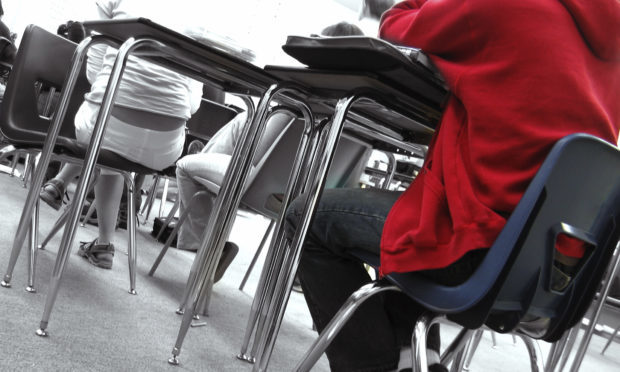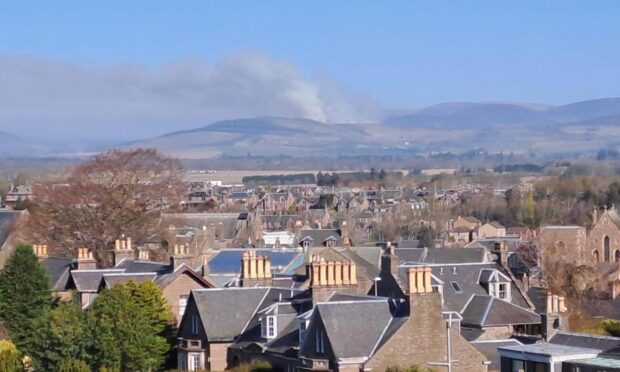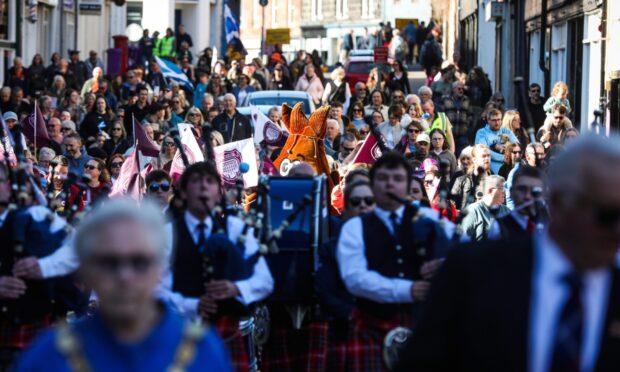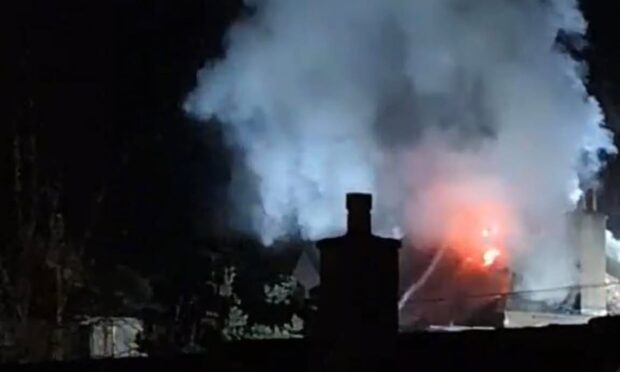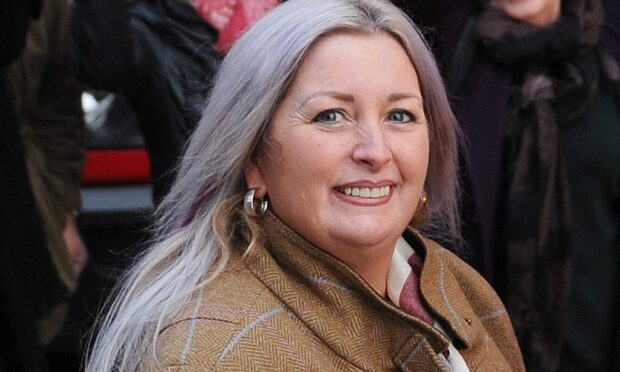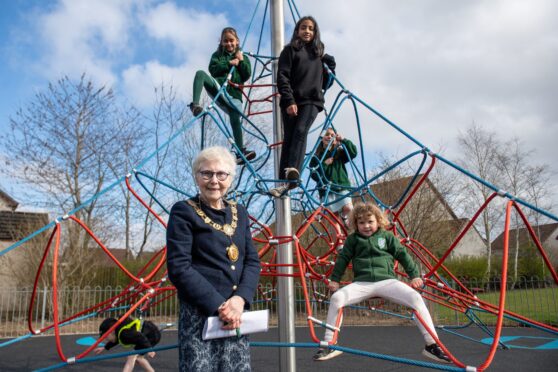New figures have shown a steep decline in the number of additional support needs (ASN) specialist teacher posts in Tayside and Fife.
The changes across different council areas come as the number of children requiring additional support in school has increased significantly across Scotland.
Children classed as having additional support needs now make up a quarter of the total number of pupils.
Statistics provided by the Scottish Government have shown that Dundee has experienced a drop of more than 32% (59 posts) and Angus of 11% (11 posts) since the SNP came to power in 2007.
Fife posts have also dropped from 233 to 199 but the situation is reversed in Perth and Kinross where posts have gone up from 39 in 2007 to 89.
Liam Kerr, Scottish Conservative MSP for the North East Region, said: “These figures highlight some startling differences between council areas in the north-east and raise some serious questions about what is happening in our schools.
“In Dundee city, for example, the number of ASN teacher posts has dropped by 59 from 185 to 126 posts in a near ten-year period.
“In Angus, there are 11 fewer than in 2007, a decrease in numbers from 94 to 83. That is a significant drop in provision given the relatively small pool of staff.
“In neighbouring Aberdeenshire, however, there has been a significant increase amounting to 60 equivalent posts.
“Even allowing for differences in pupil requirements across local authority areas, that makes little sense.”
The figures were released following a parliamentary question tabled by the Scottish Conservatives.
Mr Kerr said there has also been a drive to include more children with additional support needs in mainstream schooling but added that there has been genuine concern among parents and staff alike that this may not be the best option for the pupils involved.
“This is something that the SNP government needs to address,” he said.
“The decline in specialist staff numbers is coming at the same time as the number of children diagnosed with additional needs is increasing.”
The EIS union previously said cuts to the number of ASN teachers meant pupils’ needs were not being met as well as they should be.
In 2016, 170,329 pupils (24.9% of all pupils) had additional support needs, of which 60% were boys – 5.3% of pupils had social, emotional or behavioural difficulties and 2.1% had a learning disability.
The statistics from 2016 showed that 162,252 (95% of them) spent at least some of their time in mainstream classes.
A Scottish Government spokesman said: “We want all children and young people to receive the support that they need to achieve their full learning potential.
“Education authorities have duties to identify, provide for and to review the additional support needs under the Additional Support for Learning Act.
“All teachers provide support to pupils with additional support needs not just ‘support for learning’ teachers and we remain committed to maintaining teacher numbers nationally.”
